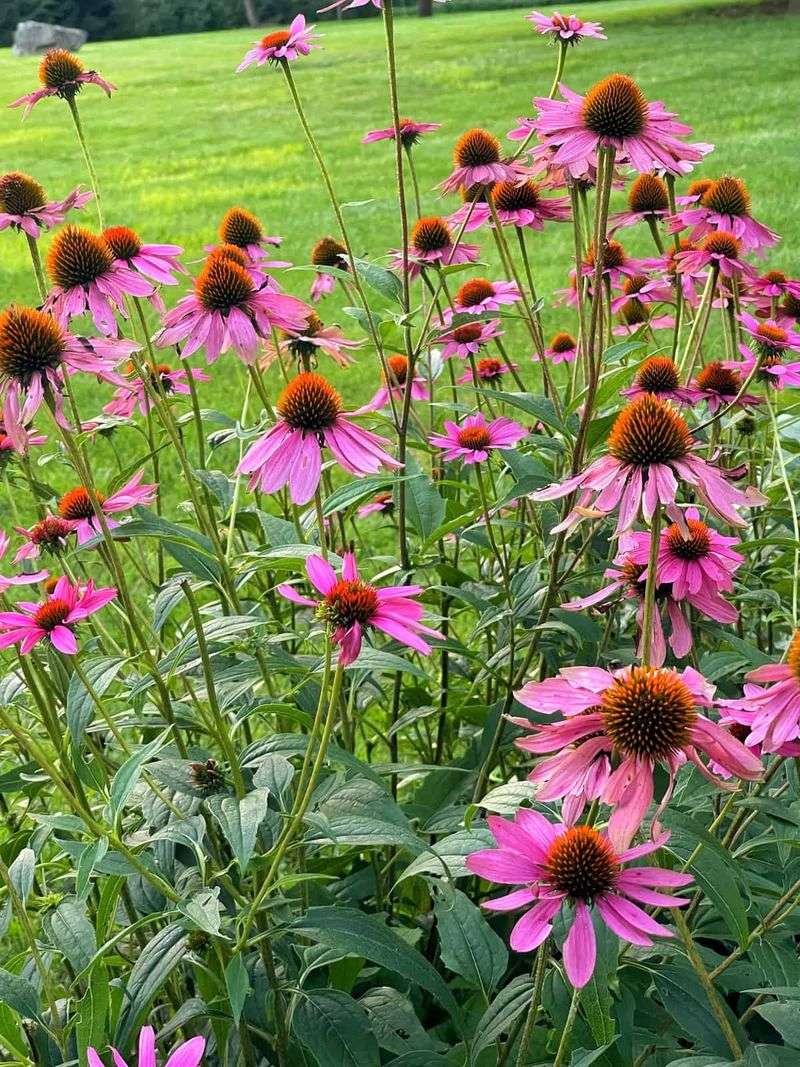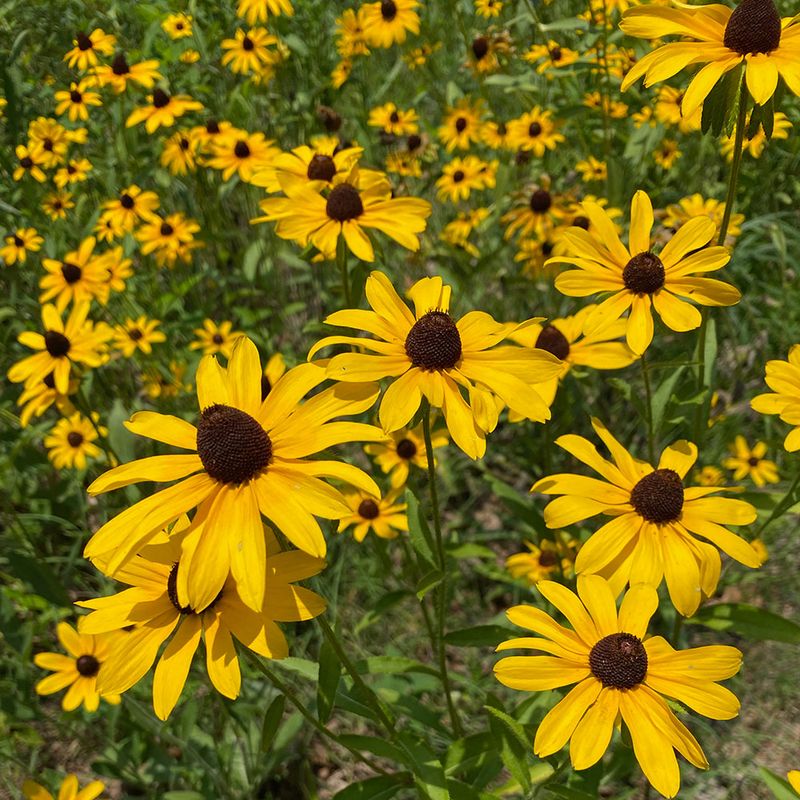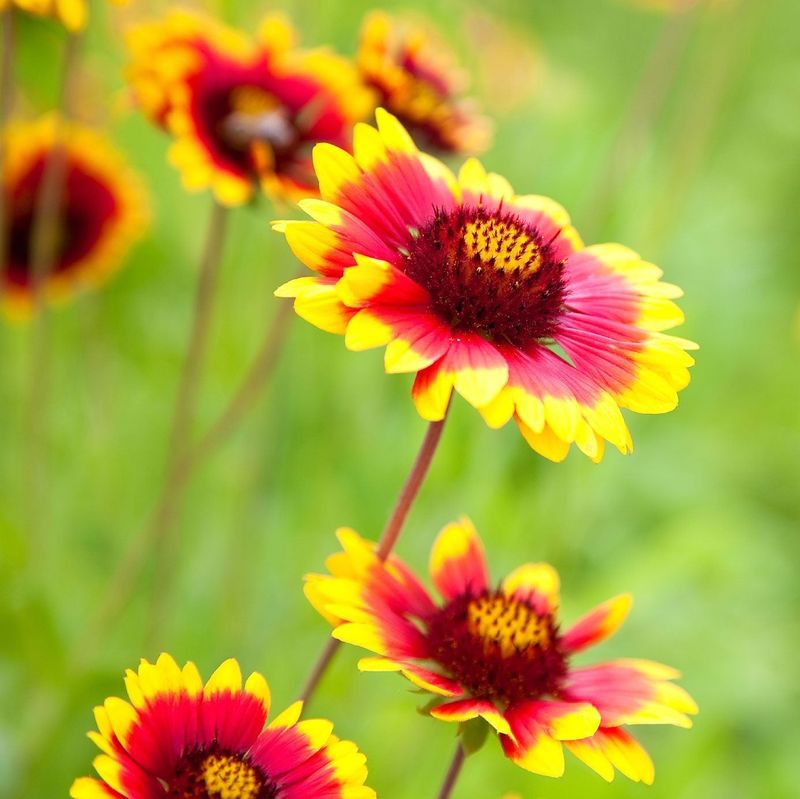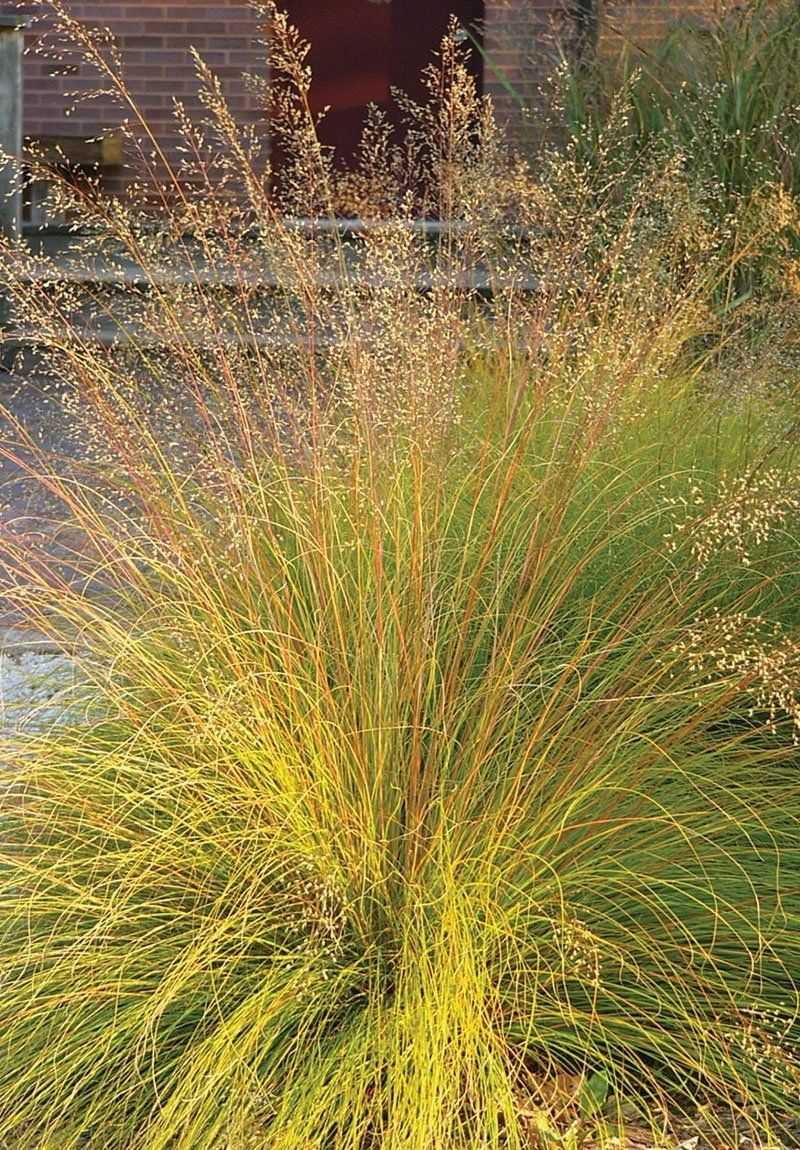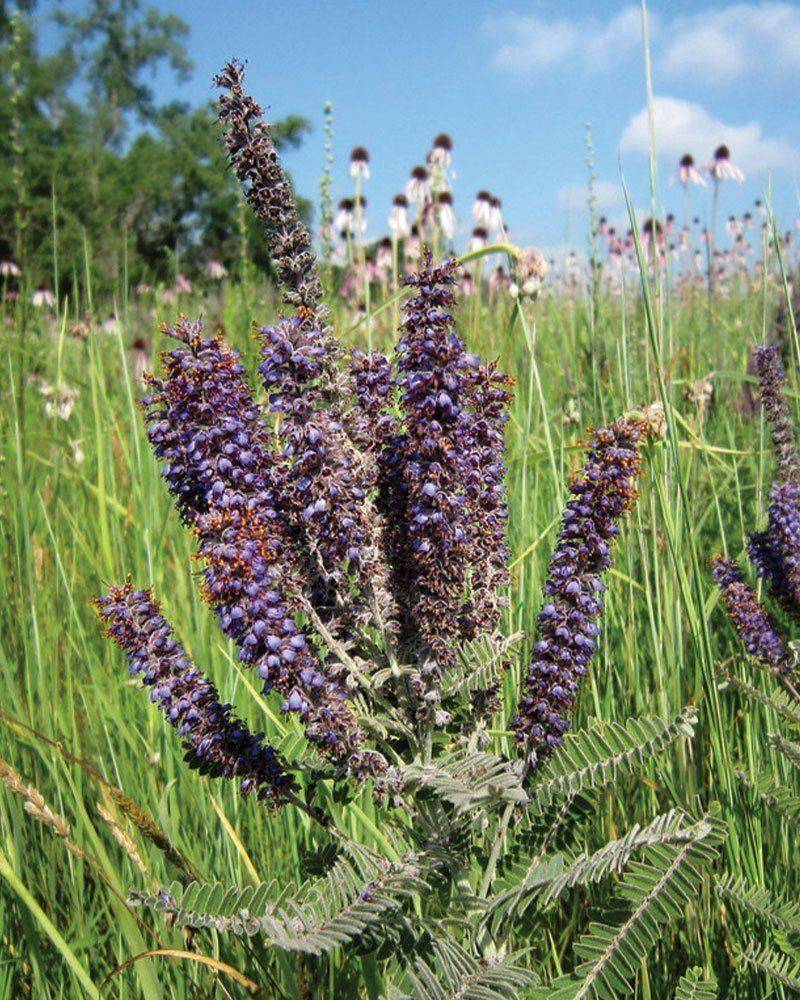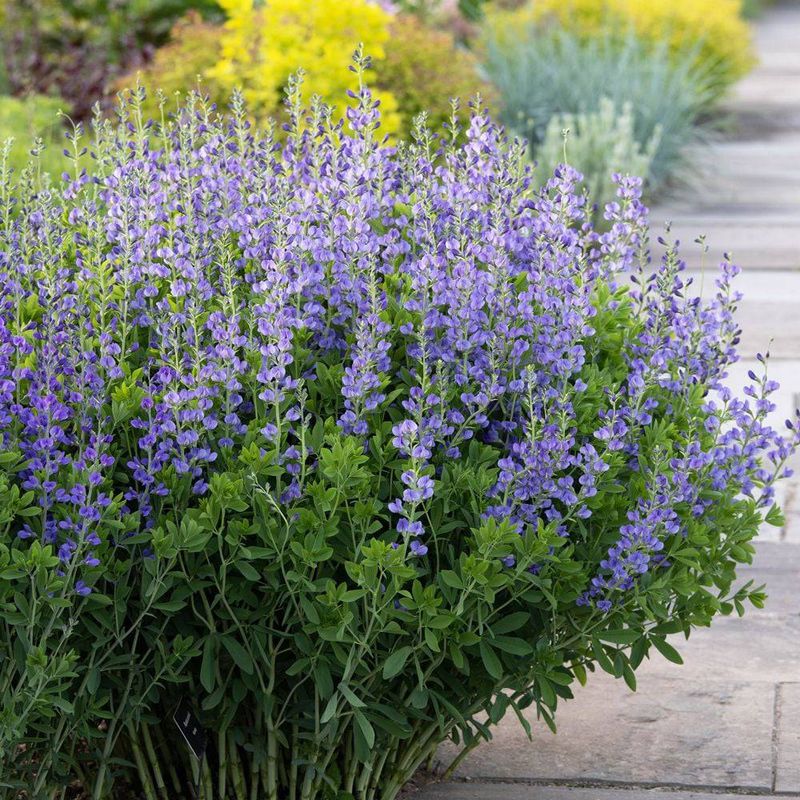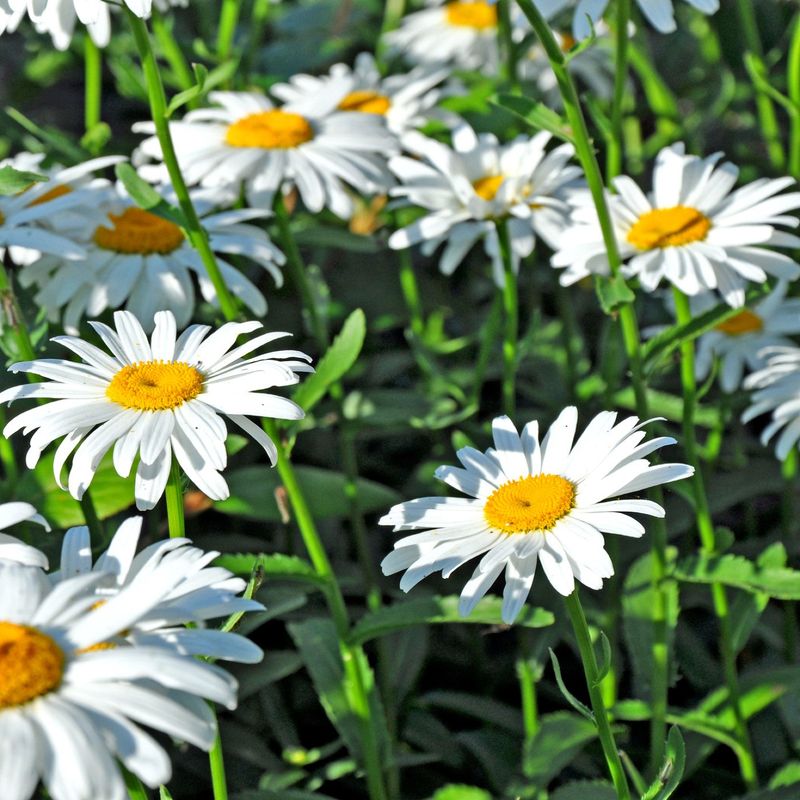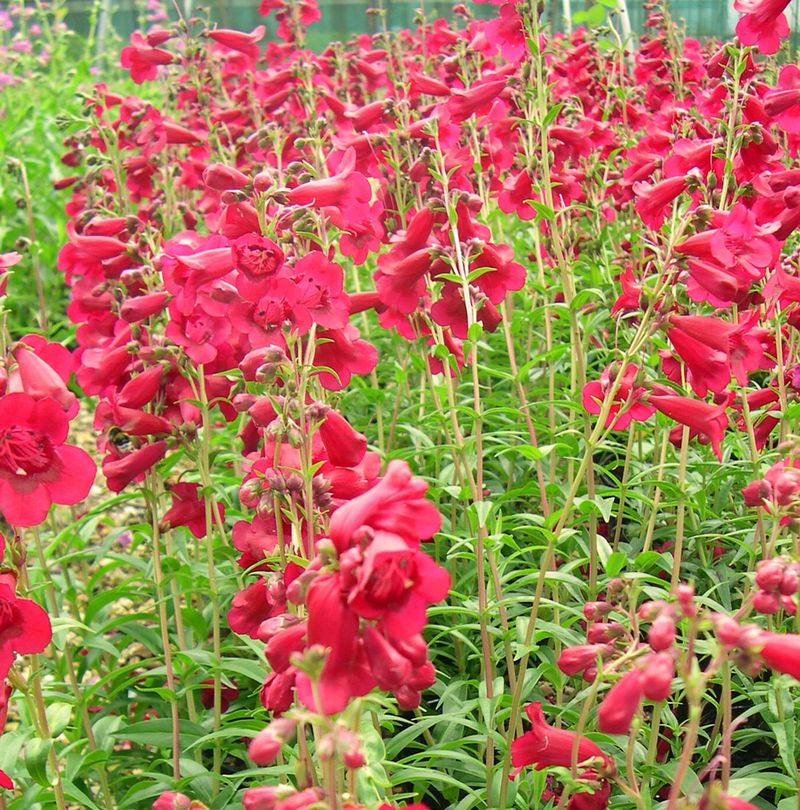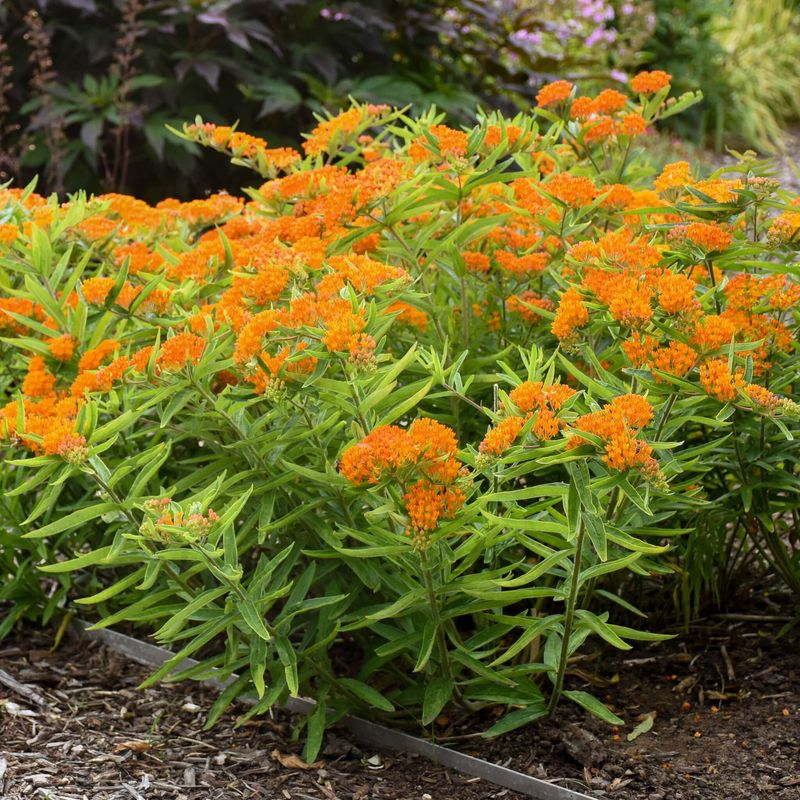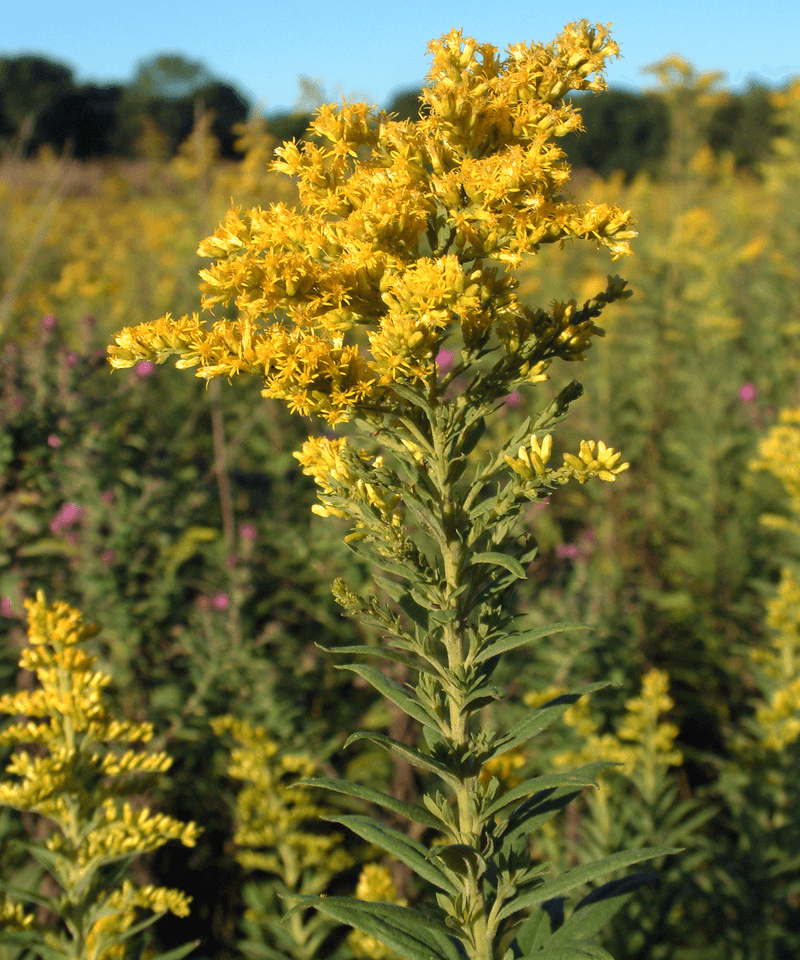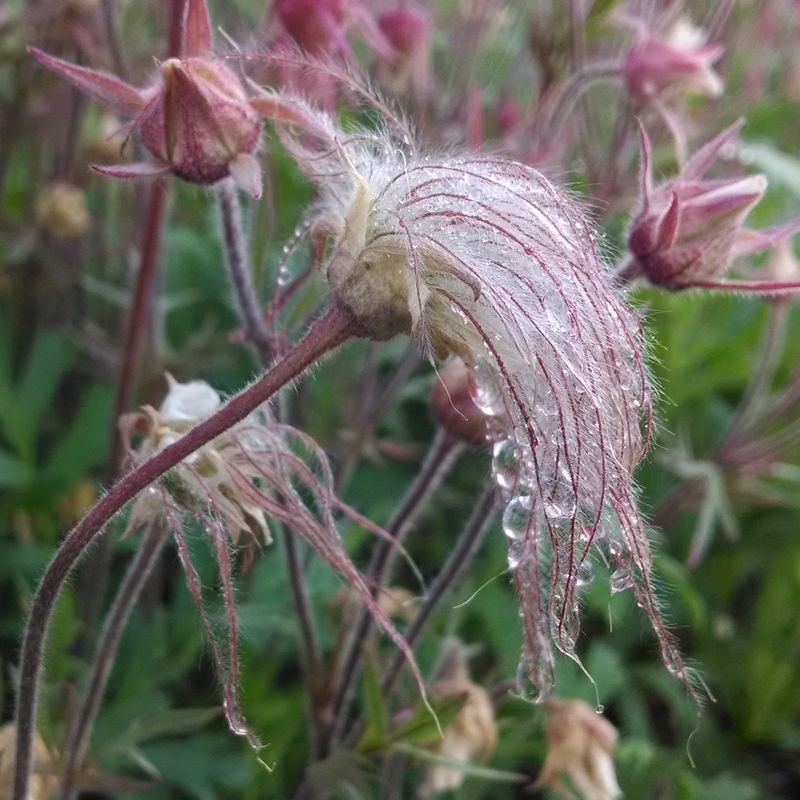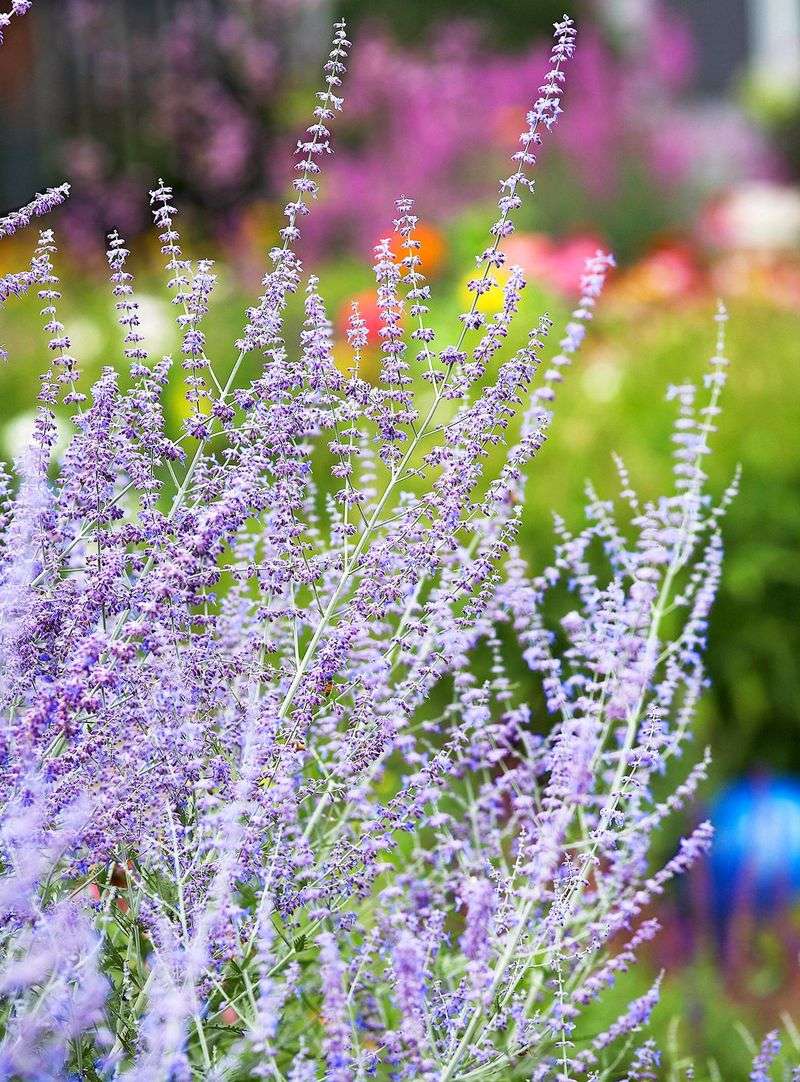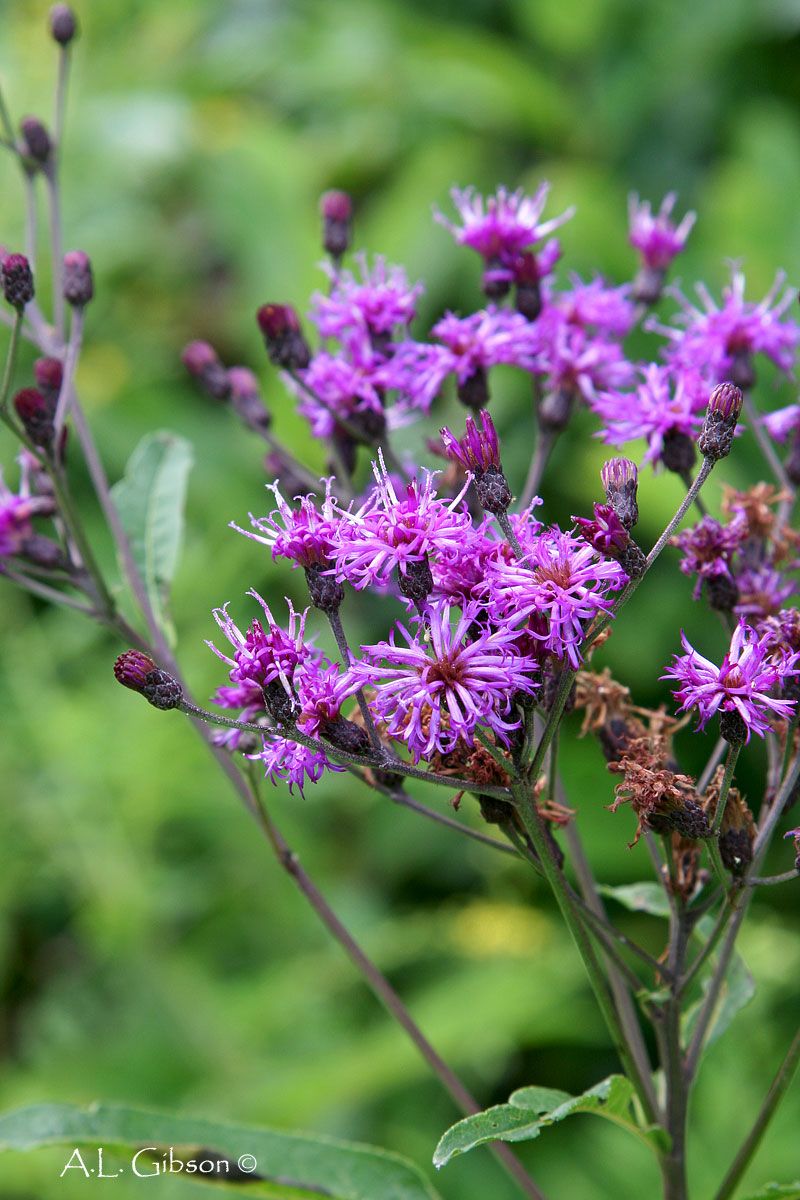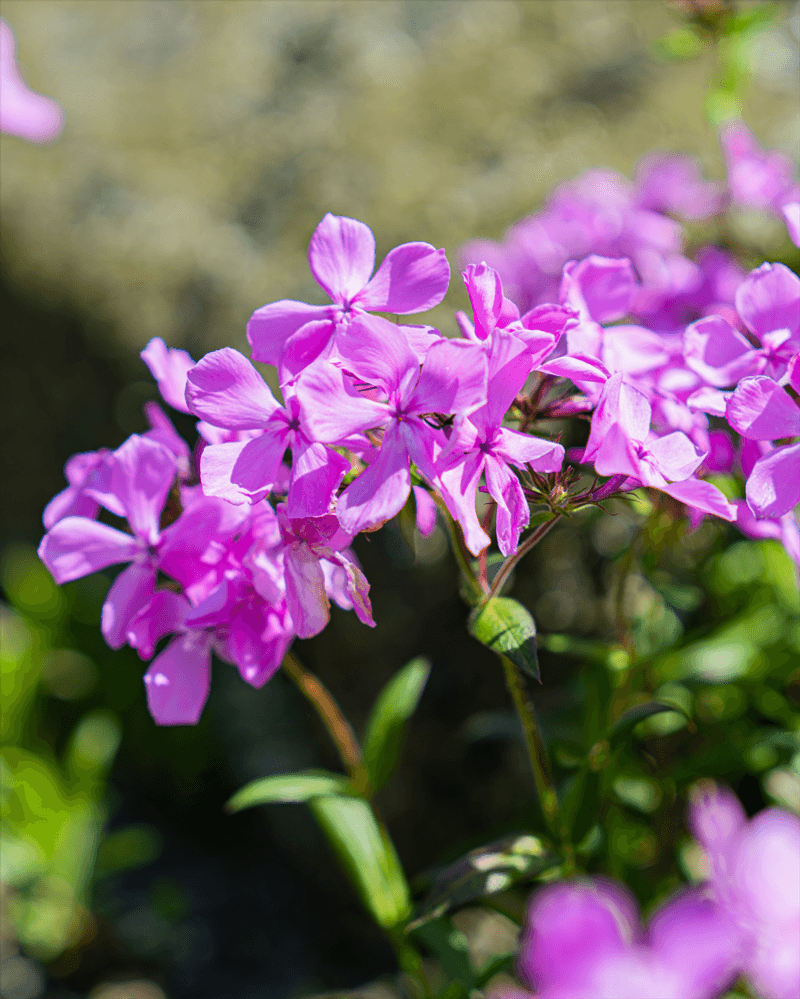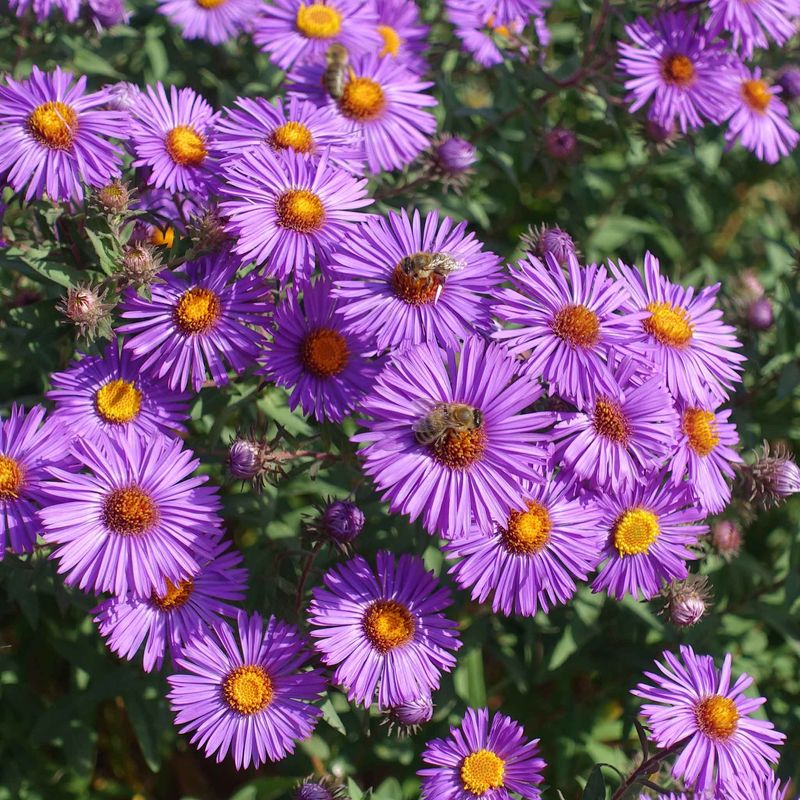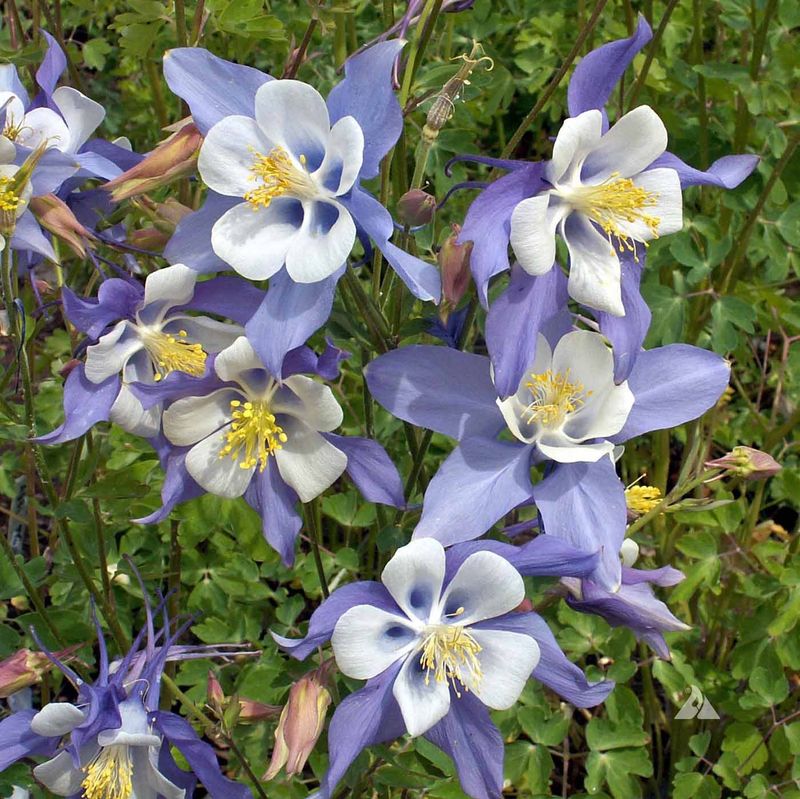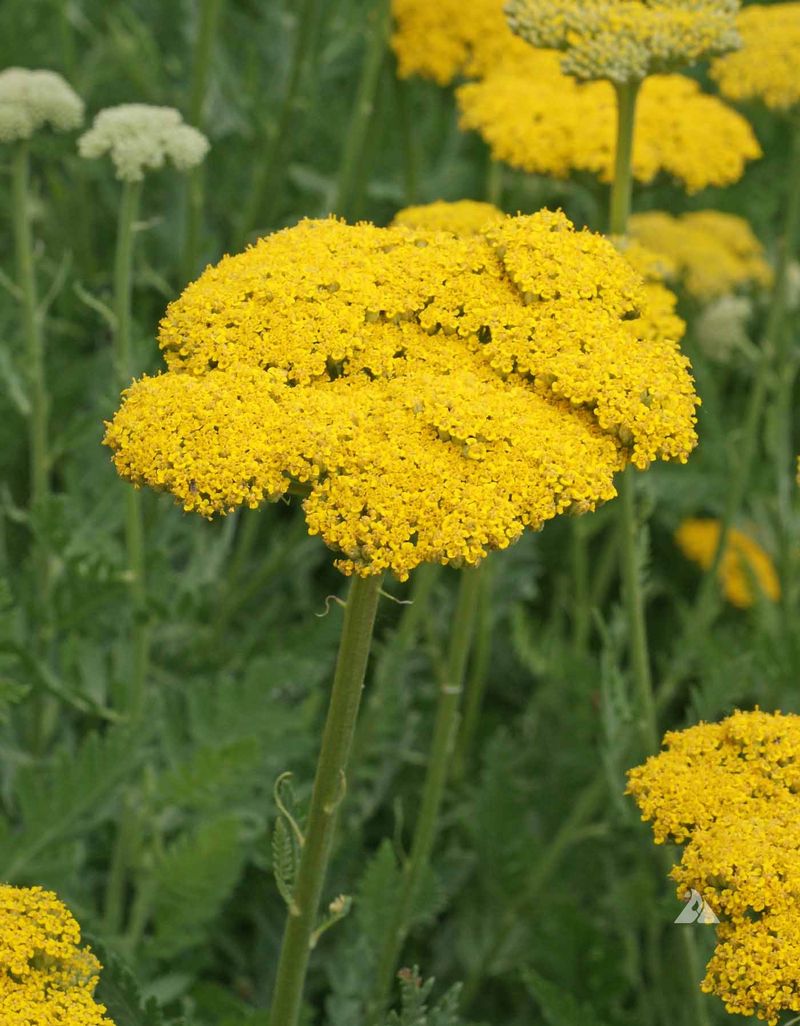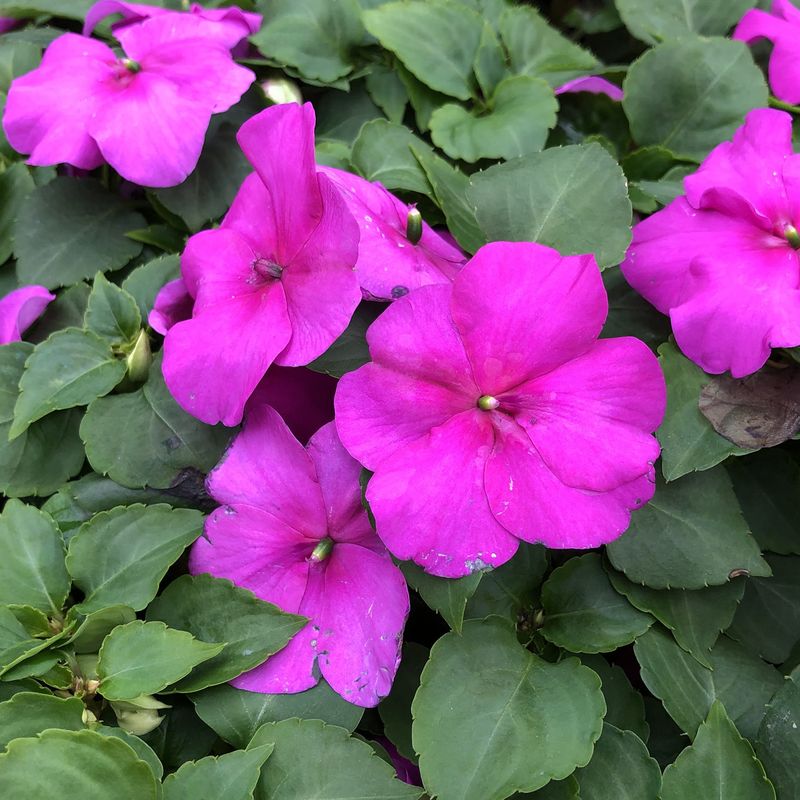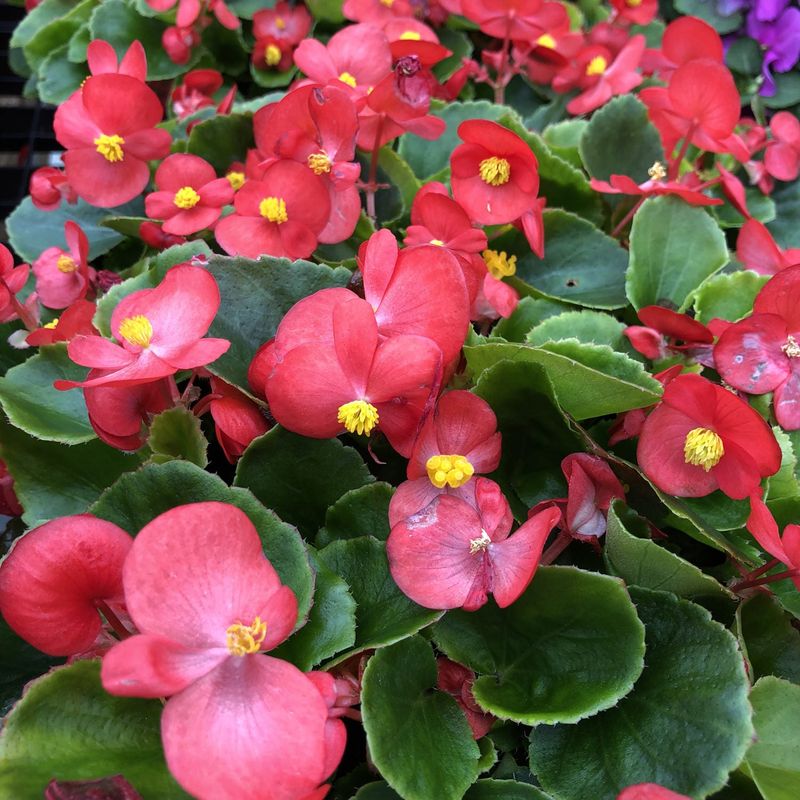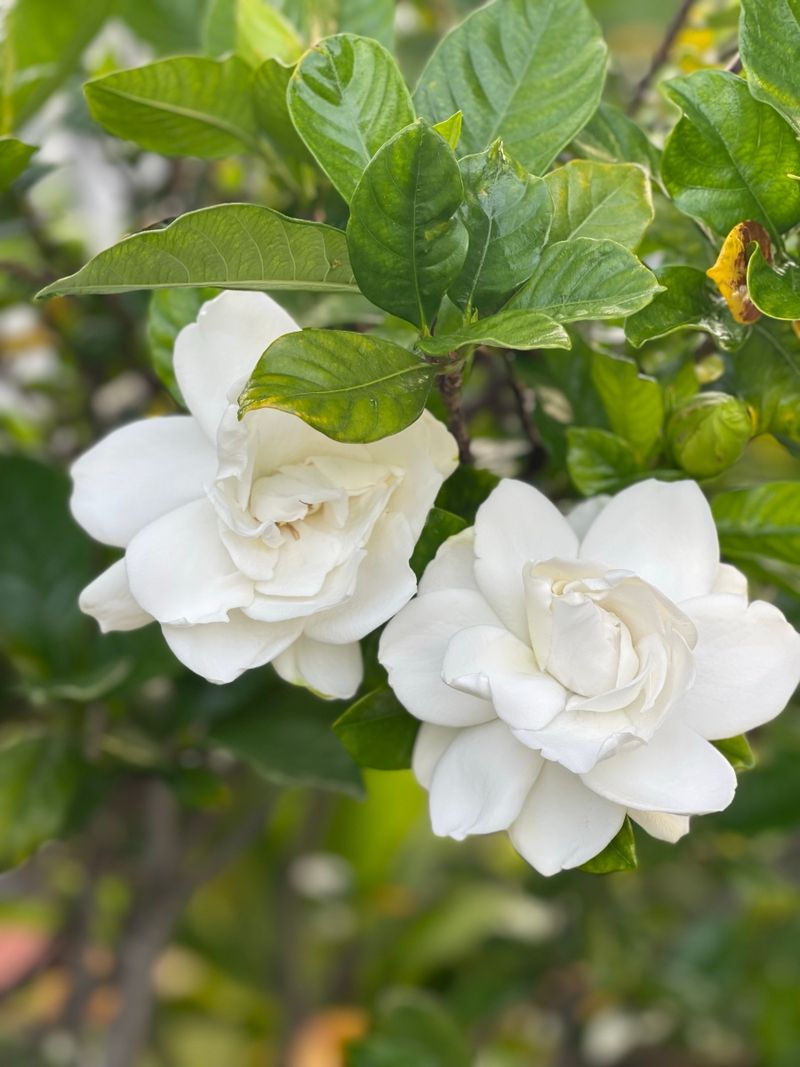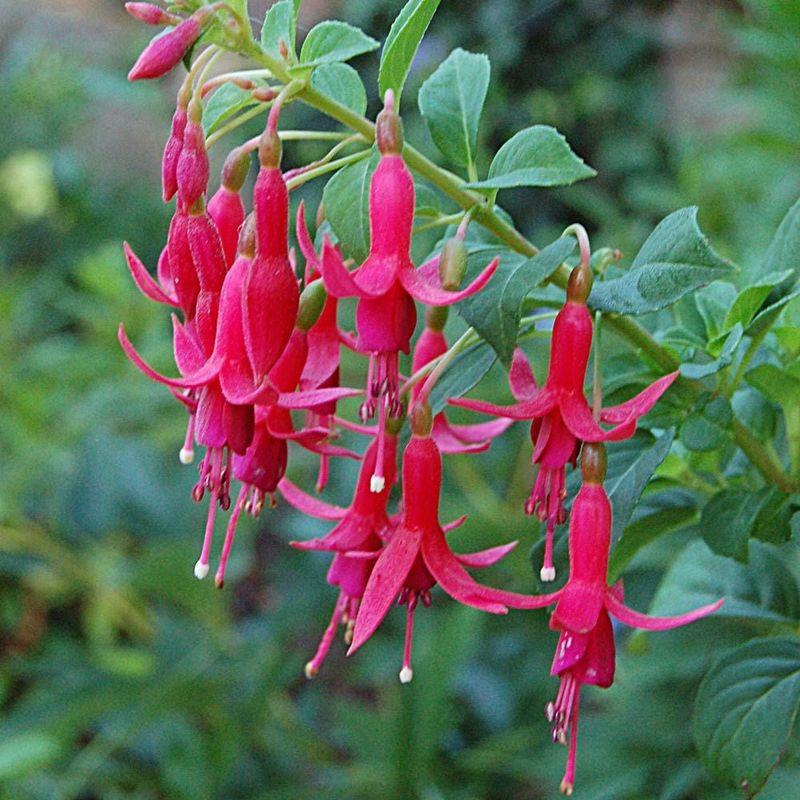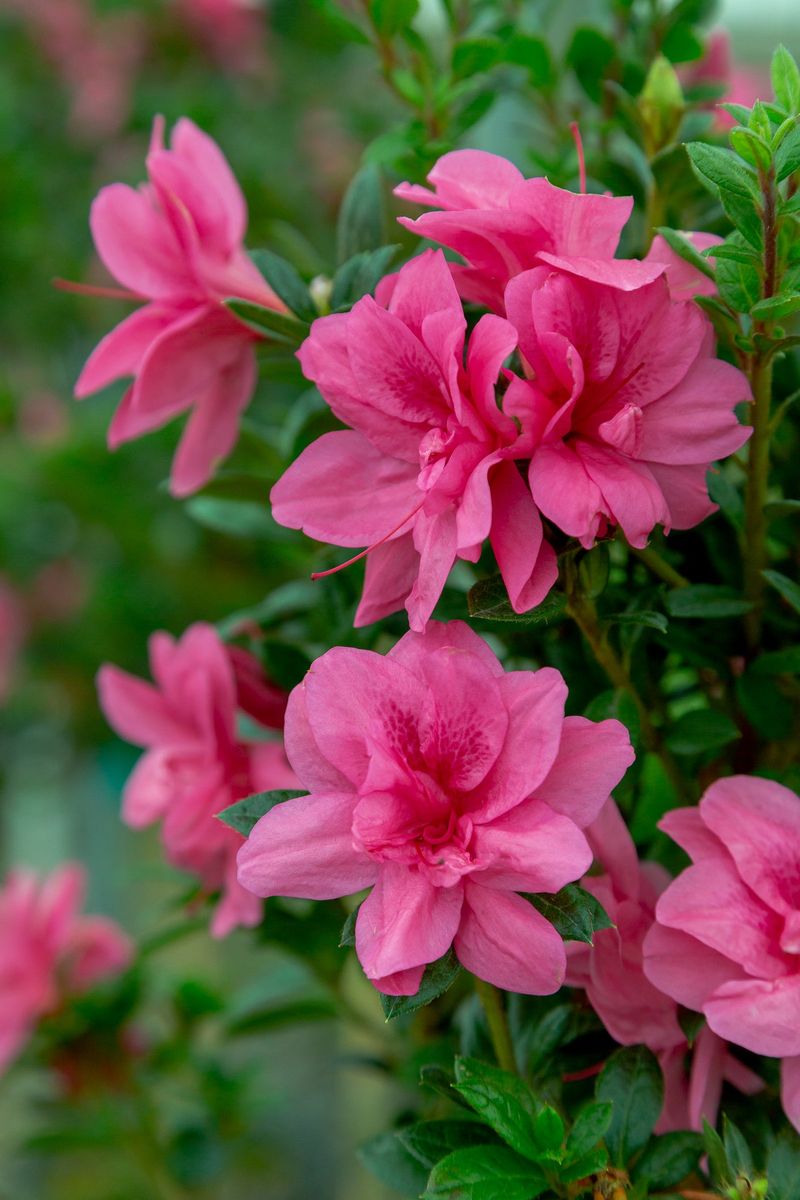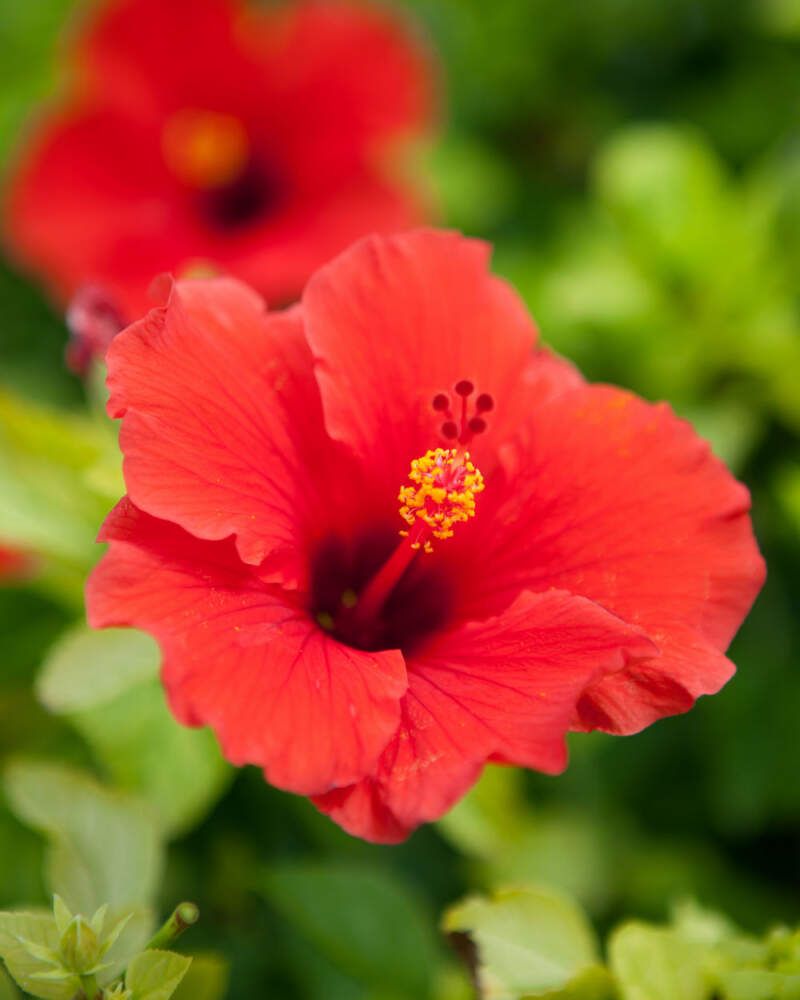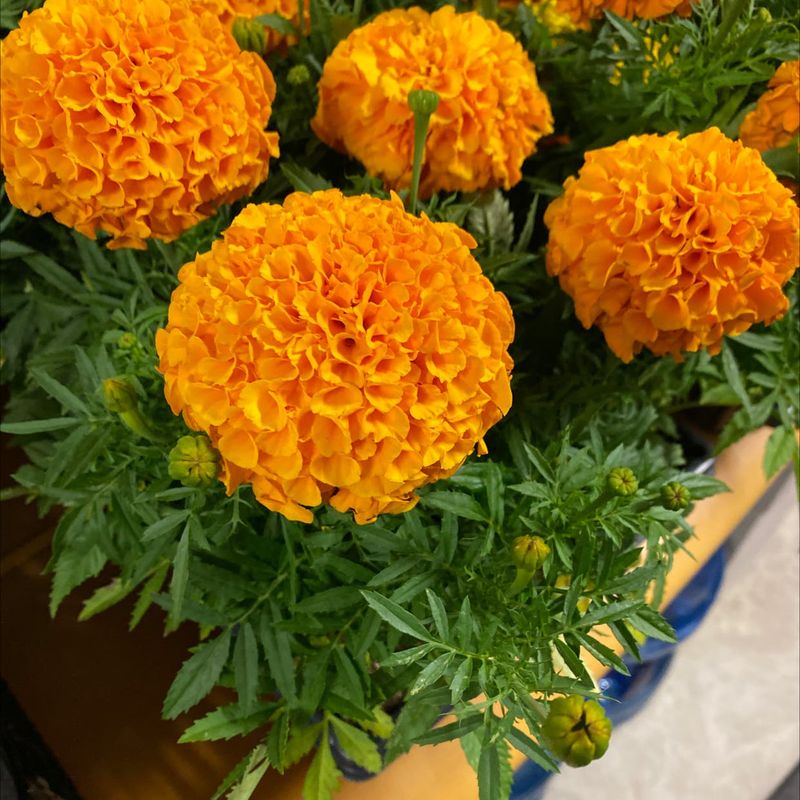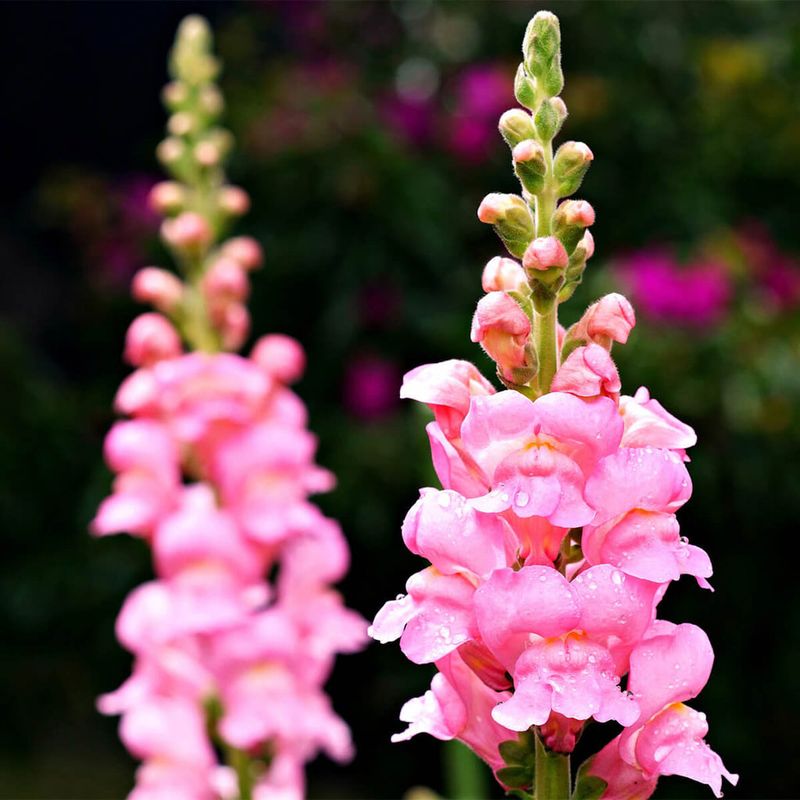Gardening in the Great Plains is like a high-stakes game of chess with Mother Nature. It’s unpredictable weather and fierce winds are the opponents.
After endless research (and a suspicious number of coffee refills), I’ve finally narrowed down flowers that will thrive in this tricky landscape.
Some are total must-haves, while others, well, let’s just say they’ll be happier in someone else’s garden. Trust me, I’ve learned the hard way!
1. Purple Coneflower
These flowers are like the rock stars of the flower world. Purple coneflowers, also known as Echinacea, grace the Great Plains with their classy, daisy-like appearance.
Not only are they drought resistant, but their astonishing ability to attract butterflies makes them a gardener’s favorite.
I’d call them a must-have for sure! Planting these ensures your garden isn’t just pretty but also bustling with life. Plus, they’re super low-effort, leaving you more time to sip lemonade in the shade.
2. Black-eyed Susan
Ever seen a flower that practically smiles at you? Black-eyed Susans fit that bill with their sunny yellow petals and bold black centers.
They bring a burst of cool color to any garden, especially in the sun-drenched Great Plains. They’re tough cookies too, handling drought with nonchalant ease.
These flowers are like the jeans of the plant world, timeless and always in style. Plus, birds adore their seeds, making your garden a gathering spot.
3. Blanket Flower
Ever wished for a flower that embodies the spirit of fireworks? Enter the blanket flower, with its stunning red and yellow bursts.
These are the ultimate party guests for your Great Plains garden. With their tough-as-nails attitude, they laugh in the face of drought, making them perfect companions for less-than-ideal soil.
Plus, they’re perennial, so they’ll show up year after year, ready to dazzle all over again. It’s like having a dependable friend who always knows how to have fun.
4. Prairie Dropseed
Grass that’s not just green but a full-blown spectacle? Meet prairie dropseed. This little gem isn’t a flower but plays a supporting role like a pro in any Great Plains garden.
With delicate seed heads, it’s like nature’s own confetti. It requires minimal fuss and stands up to the windswept prairies like a champ.
Plus, when fall rolls around, it turns a shade of gold that’s simply classy. The cool breeze turns it into a living sculpture, adding some elegance to the place.
5. Coreopsis
What’s as golden as a sunset? Coreopsis, the sun-loving darling of the Great Plains. They’re easy-going, dazzling with golden blooms that look like they belong on a postcard.
With their graceful demeanor, they handle dry spells like seasoned pros. Coreopsis is like that chilled-out friend who’s always ready for an adventure.
Plant these, and you’ll wonder how you ever lived without their presence. Plus, they’re a magnet for pollinators, making your garden the place to be for bees and butterflies.
6. Leadplant
Who says shrubs can’t be cool? The leadplant breaks the mold with its silvery foliage and charming purple flowers.
Native to the Great Plains, it feels right at home in the harshest conditions. It’s a slow-grower, but its resilience pays off, rewarding you with a unique, understated elegance that’s hard to find.
Plus, it’s a hit with pollinators, making your garden buzz with life. The leadplant might just be your garden’s unsung hero, offering a wild charm and toughness.
7. Daylilies
Daylilies are like the all-you-can-eat buffet of flowers. These perennials come in countless colors, offering something for every taste.
They’re adaptable and thrive in the Great Plains, shrugging off dry spells. With their impressive blooms, they’ll transform your garden into an astonishing festival of color.
The best part? Each bloom lasts just one day, but don’t worry. New ones pop up tomorrow! Daylilies are the gift that keeps on giving, making them a gardener’s dream come true.
8. Wild Indigo
Ever seen a plant so cool it’s practically wearing sunglasses? Wild indigo is that plant. With its lovely blue-purple flowers, it’s a native that practically dances in the summer breeze.
Its deep roots mean it’s perfectly suited to the Great Plains, handling drought like a seasoned pro. This isn’t just a pretty face. Wild indigo is a nitrogen fixer, improving soil quality.
So, planting it is like giving your garden a backstage pass to resilience and beauty. It’s the perfect combo for a standout display.
9. Shasta Daisy
Daisies might seem ordinary, but Shasta daisies bring a whole new level of class to the table. Their crisp white petals and sunny centers are like an enduring smile in your Great Plains garden.
They’re tough as nails, laughing at drought and poor soil. This flower is like that friend who always finds the silver lining in any cloud.
They’ll keep your garden looking fresh, with minimal fuss. Shasta daisies are the kind of flower you want on your team, bringing joy and resilience together.
10. Penstemon
Ever wished for a flower that can handle rocky situations? Penstemon is your go-to. With its tubular blooms in pinks and purples, it’s a magnet for hummingbirds and bees.
This flower thrives where others might falter, making it a standout choice for the Great Plains. Penstemon is like that daring friend who loves an adrenaline rush and never backs down.
Its resilience and beauty bring life to even the toughest spots, proving that coolness and strength can walk hand in hand.
11. Butterfly Weed
Looking for a flower that’s all about the flutter? Butterfly weed is your answer. With bright orange blooms, it’s a butterfly’s best friend and a sight for sore eyes in the Great Plains.
This hardy perennial is low-maintenance, laughing in the face of drought. Butterfly weed is like that friend who’s always inviting others over for a party.
Planting it ensures your garden is a lively hub, where butterflies dance and colors pop. Plus, it’s a native, making it a sustainable choice for any eco-conscious gardener.
12. Goldenrod
Some see weeds, but I see golden opportunity! Goldenrod is a beacon of late-summer color in the Great Plains. Its tall, striking form is like a lighthouse guiding pollinators to your garden.
Far from a nuisance, this plant is a superstar in the right setting. Goldenrod is that friend who shows up fashionably late, but always steals the spotlight.
It’s not just about looks. It’s also a haven for beneficial insects. So, giving it a spot to shine might be one of the smartest moves you make for your garden.
13. Prairie Smoke
Not all flowers flaunt their beauty outright. Prairie smoke prefers the elegant approach, with its feathery pink plumes that look like nature’s own cotton candy.
This flower thrives in the Great Plains, withstanding dry conditions and poor soil. It’s like the mysterious friend who doesn’t say much but captivates everyone in the room.
Prairie smoke adds intrigue, making your garden stand out. Its unique look is perfect for those who appreciate beauty with a twist.
14. Russian Sage
Russian sage is like the perfume of the plant world. Its scent is as striking as its look. With tall stems and cool purple blooms, it’s a sophisticated choice for any Great Plains garden.
This perennial is drought-resistant, making it a low-maintenance star. Russian sage is like that refined friend who knows how to make an entrance.
It adds height and texture, transforming your garden into a classy haven. Plus, it’s a magnet for pollinators, ensuring your garden is always buzzing with excitement.
15. Ironweed
Ever met a flower that’s as strong as its name? Ironweed is precisely that. With vivid purple blooms, it stands tall, bringing bold color to the Great Plains.
This plant is as tough as nails, easily handling harsh conditions. Ironweed is like that friend who never misses a workout and always looks fabulous.
It’s not just about strength; this flower is a pollinator magnet, making your garden a lively ecosystem. Adding ironweed ensures that your garden isn’t just beautiful, but a hub of life and activity.
16. Prairie Phlox
Prairie Phlox is a favorite among gardeners in the Great Plains. This hardy perennial thrives in well-drained soils and full sun, making it perfect for the region’s conditions.
Incorporate Prairie Phlox into your garden to attract butterflies and hummingbirds. Its low-maintenance nature means you can enjoy its beauty without constant care.
Planting it in clusters enhances its visual impact and complements other native plants. This flower will add a splash of color that lasts through the growing season.
17. New England Aster
Who doesn’t love a flower that brings a pop of color to the fall? New England asters are like the grand finale of the blooming season in the Great Plains.
With purple and pink blossoms, they attract butterflies, adding magic to your garden. These asters are like the friend who throws the best parties and knows how to keep the energy up.
Their robust nature means they handle cooler temperatures with ease. Planting them guarantees your garden stays lively, even as the seasons change.
18. Columbine
Columbine flowers are like the acrobats of the garden world. Their delicate, intricate blooms have an almost otherworldly charm.
Perfect for the Great Plains, they’re cool with a bit of shade and thrive in well-drained soil. Columbine is like that friend who’s always up for a spontaneous adventure, bringing surprise and delight.
Their unique appearance adds elegance, making them a standout choice. Planting columbine ensures your garden has a dash of the unexpected.
19. Yarrow
Yarrow is like the Swiss Army knife of flowers. With its flat-topped clusters and feathery foliage, it’s both functional and cool.
Perfect for the Great Plains, it’s drought-tolerant and thrives in poor soil. Yarrow is like the reliable friend who’s always prepared for anything. It not only adds texture and color but also serves medicinal purposes.
Planting yarrow is like investing in a multi-tool for your garden, offering beauty, resilience, and versatility. Plus, it’s a favorite among pollinators, keeping your garden buzzing with life.
20. Missouri Evening Primrose
Missouri evening primrose is the night owl of the flower world. With its bright yellow blooms opening at dusk, it adds mystery to the Great Plains garden.
This plant thrives in dry, rocky soil, making it a resilient choice. The evening primrose is like that friend who loves to host late-night gatherings.
Its enchanting blooms attract nighttime pollinators, making your garden a fancy 24/7 hub. By planting this primrose, you ensure your garden offers a glow and allure long after the sun goes down.
21. Impatiens
Impatiens are like the sensitive artist types. While they’re known for bright colors, their needs make them tricky for the Great Plains.
Impatiens crave shade and consistent moisture, which doesn’t suit the harsh, dry conditions here. They might sulk and wither if not given their ideal environment.
It’s better to admire them from afar or in a container, where you can control the conditions. In the Great Plains, they’re just not up for the challenge.
22. Begonias
Begonias are like the divas of the flower world. While they’re show-stoppers with their bright blooms and lush foliage, they demand perfect conditions.
In the Great Plains, with its harsh sun and dry spells, begonias can quickly become high-maintenance guests. They prefer humidity and shade, which are rare commodities here.
Think of them as the guests who need constant attention to stay happy. If you’re looking for easy-going plants, begonias might not be the best fit for your Great Plains garden.
23. Petunias
Petunias are the social butterflies of the garden. They love attention and do well in rich, well-watered soil. However, the Great Plains can be a tough gig for them, especially with its hot, dry summers.
Petunias can start looking frazzled without the right care, much like a party-goer who stayed out too late. They require constant care and watering, which can be demanding.
While they offer a splash of cool color, they’re better suited for containers where you can pamper them to your heart’s content.
24. Gardenias
Gardenias are the sweethearts of the flower world with their fragrant blooms. However, the Great Plains isn’t their playground.
They need humidity and acidic soil to flourish, which the Great Plains can’t offer. It’s like trying to grow a tropical plant in the desert. Gardenias need a lot of TLC, and without it, their beauty fades.
If you love them, keep them in pots where you can control the environment. In the Great Plains, they’re more of a dream than a reality for most gardeners.
25. Fuchsia
Fuchsia flowers are like the daredevils of the plant world with their classy colors and unique shapes. But in the Great Plains, they face a tough crowd.
They thrive in cooler, shadier environments, making the hot, dry plains a challenge. Fuchsias need protection from harsh conditions, so they’re better suited for containers or shaded areas.
If you want to save them from the struggle, consider them as indoor beauties rather than garden mainstays.
26. Roses (non-native varieties)
Roses are the celebrities of the flower world, but not all varieties can handle the Great Plains. Non-native roses can be divas, needing perfect conditions to thrive.
The hot, dry summers can be their kryptonite, causing stress and wilting. It’s like trying to perform a ballet in hiking boots. For roses to flourish here, stick to native varieties or give them extra care and attention.
Non-native types might struggle without the right setup, making them a high-maintenance addition to your garden repertoire.
27. Azaleas
Azaleas are the epitome of spring beauty, but they’re not built for the Great Plains. These plants need acidic, moist soil and shaded areas. Those conditions are hard to come by here.
Azaleas are like the sensitive souls who need just the right environment to shine. Without it, they can become stressed and unhappy.
If your heart is set on azaleas, consider them as container plants where you can control their growing conditions. In the harsh environment of the Great Plains, they’re more of a challenge than a joy.
28. Tropical Hibiscus
Tropical hibiscus is like the beach bum of the plant world. With large, exotic blooms, they scream summer. However, the Great Plains isn’t exactly a tropical paradise.
These plants need warmth and moisture, which the plains lack. It’s akin to asking a penguin to chill in the desert. Without proper care, hibiscus can wilt under the intense sun.
If you love their tropical flair, keep them in pots where you can provide the TLC they need. They’re more at home in a controlled environment than out in the wild.
29. Marigolds (in excessive quantities)
Marigolds are the life of the party, but too many can turn a garden into chaos. While they’re easy to grow and add color, overdoing it can overwhelm your garden’s balance.
The Great Plains can handle marigolds, but moderation is key. Too many, and you risk turning your garden into a marigold jungle.
It’s better to use them as accent plants, letting them shine without hogging the spotlight. This way, your garden remains a classy oasis.
30. Snapdragons
Snapdragons are the performers of the flower world, with their dragon-shaped blooms. However, they’re not keen on the Great Plains’ scorching summers and dry conditions.
These flowers prefer cooler climates and may struggle without shade and water. If you want to enjoy their unique charm, consider growing them in spring or fall when the weather is milder.
In the heat of the Great Plains summer, snapdragons might not give their best performance, making them a tricky choice.


